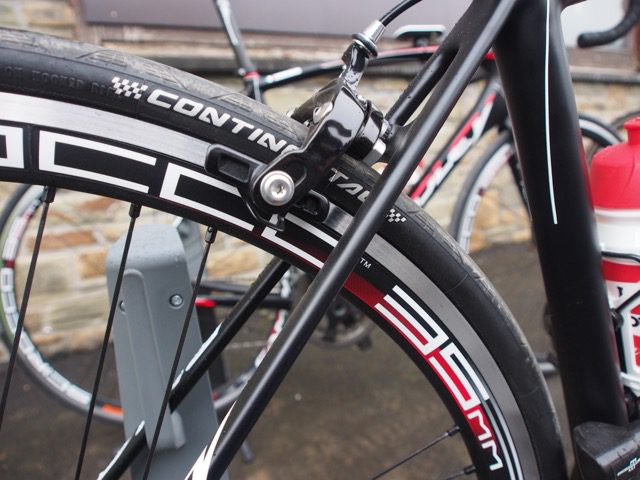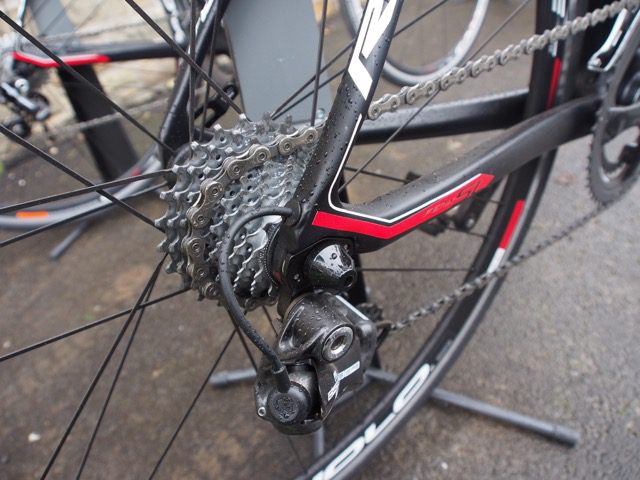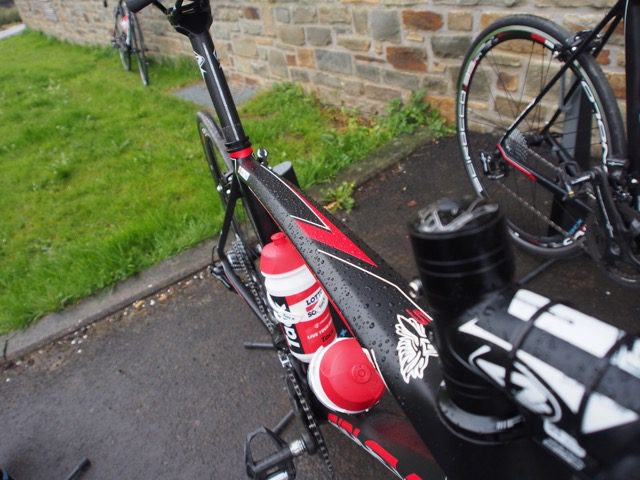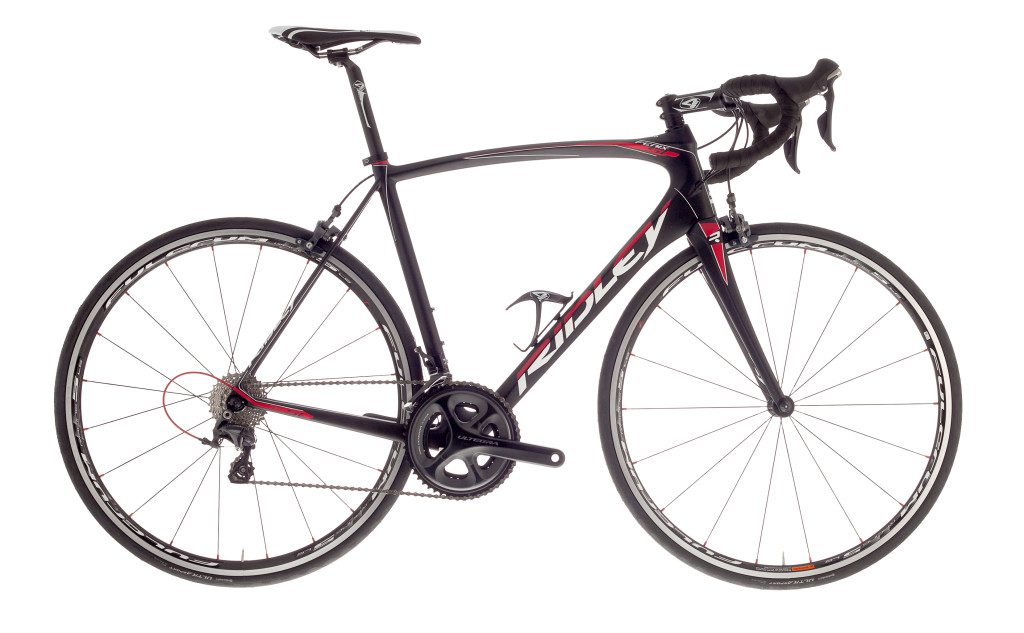2016 First Look: Ridley Fenix SL

When the Belgian bike brand Ridley debuted its new endurance road model, the Fenix SL, the Spring Classics were a natural fit for showcasing the new bike. Synonymous with bad weather, epically long parcours and rough roads, Classics such as Liège-Bastogne-Liège just fit with the bike. Liège-Bastogne-Liège, also known as La Doyenne, is the oldest of the Classics. It’s thought of as more of a climber’s race, but it has more than its fair share of terrible roads, even if those routes are not as bad as the cobbles of Paris-Roubaix, in addition to lots of climbing and descending. The terrain of the Ardennes Classic is much more representative of what the rest of us do most of the time than Roubaix.

The Fenix SL takes much of what Ridley learned from making the lightweight Helium SL and aero Noah SL, and built upon them. The entire rear triangle with its slim seatstays, for instance, is borrowed from the Helium SL, while the fork crown is smoothly integrated with the down tube, for a small measure of aerodynamic gain. Ridley’s R&D manager Dirk Van den Berk was quick to point out that the Fenix is very different from the Noah. “The Fenix SL is not an aero road bike,” he said.
Unlike many endurance bikes on the market, the Fenix SL has no special pivots or inserts to soften the ride. Ridley relied on their knowledge of carbon-fibre type, layup schedule and resins, to ensure the Fenix SL has the ride quality to handle rough terrain. Toughness is an important attribute in the Classics, for both man and bike. Thus, durability was a priority for the updated Fenix SL. Although the Fenix SL is 15 per cent lighter than its previous incarnation, it is not quite as light as the Helium SL, but is much more likely to survive an impact. Likewise, the carbon dropouts feature stainless-steel inserts, to prevent wear.

The geometry, too, is very close to that of the Helium. The Ridley Fenix SL doesn’t feature a tall head tubes and or slack angles like many other endurance bikes do in the name of comfort. According to Van den Berk, the riders of Lotto-Soudal helped with the development of the endurance bike. “They didn’t want the geometry to be drastically different from the other bikes.” As a result, the only concession to comfort and stability is a slight increase in wheelbase, from a combination of longer chainstays and increased fork rake.

Ridley did design the Fenix SL with one big comfort enhancing feature – which also adds a big helping of versatility – clearance for 30-mm tires. The official line from Ridley is that the Fenix SL will accommodate tires as wide as 28 mm, but Van den Berk said, “We know it can fit bigger. Fact is that not all tire manufacturers use the same sizing methods and some are known to be bigger (or smaller) than their advertised size. So anything wider than 28 mm should be tested first, although in most cases it will be just fine.” Van den Berk goes on to add, “The Lotto-Soudal team used 30-mm Continental Tubulars on their Fenix SL bikes, during the 2015 Classics.”
First-ride impressions
During the two days of the bike launch, we rode up and down the many bergs in Belgium, and wound our way through narrow roads seemingly built without any straight lines, including a 100-km day that took on some of the more famous climbs of Liège-Bastogne-Liège. I found the Fenix SL an agreeable companion – handling the varied terrain with ease – predictable and familiar even.
The familiarity came partly from an in-depth test I did of the Helium last year, which shares much in common with the Fenix. But it is also partly because the Fenix SL is not a detuned race bike, unlike many of the other bikes in the endurance category. Going up the Stockeu, a 1-km climb that averages 12.5 per cent with sections that are more like 20 per cent, my legs yielded long before the Fenix SL’s stout rear triangle.

From my relatively brief test rides, I found the Fenix SL does offer a smooth ride, but not markedly so compared to the competition, not too different from many top carbon race bikes. My test bike, however, was only shod with 25c tires. With the ample space for much fatter rubbers, it would be interesting to ride the Fenix SL with 28c or even 30c tires. The Fenix SL offers an intriguing proposition: a straightforward race bike with the handling and stiffness requisite of the breed on the one hand; an all-day adventure bike happy to go down any “road” you care to, on the other, with just a simple swap of tires. I look forward to a longterm test on the Fenix SL, and seeing how it handles some of the roads less travelled closer to home.
The Fenix SL will be available early 2016, at MEC stores across Canada. Final pricing and specifications have not been confirmed, but expect a 105-equipped Fenix SL 50 to come in around $2,475, with the range going up to approximately $5,000 for the Ultegra Di2 equipped Fenix SL 20.



